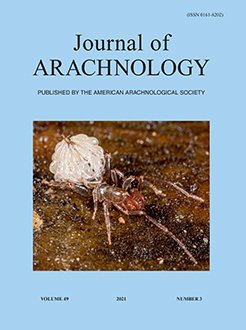Courtship and mating behavior in the vinegaroon, Mastigoproctus tohono Barrales-Alcalá, 2018, is an elaborate, multistep, and long-lasting procedure. It consists of four major stages: Chase and Grapple, Dancing, Generating, and Pressing, with subtle behaviors occurring within the stages. Courtship occurs during nighttime and requires on average nearly 13 hours for completion. Especially in the beginning of the courtship, females will often resist the advances of the male and even during later stages can escape and terminate the courtship. On average, wild caught female vinegaroons produce 52 young whose combined initial weight can exceed that of the female. These 1st instar free-living young share the burrow with their mother during the early activity period of the summer. The female exhibits maternal care including feeding prey that she catches to her new young. Vinegaroons have four immature free-living instars before molting to the adult. Each instar requires at least one year, and sometimes more than one year, before molting to the next instar. Adults can live up to four years during which time they never molt. Females can produce a litter of young during each of their second and third summer seasons. The usual lifespan of a vinegaroon from egg to death ranges from 7 to 9 years.
How to translate text using browser tools
10 December 2021
Reproduction and life history of the vinegaroon Mastigoproctus tohono
Justin O. Schmidt,
Li S. Schmidt,
Jillian Cowles
ACCESS THE FULL ARTICLE

The Journal of Arachnology
Vol. 49 • No. 3
December 2021
Vol. 49 • No. 3
December 2021
fecundity
giganteus
spermatophore
whip scorpion




